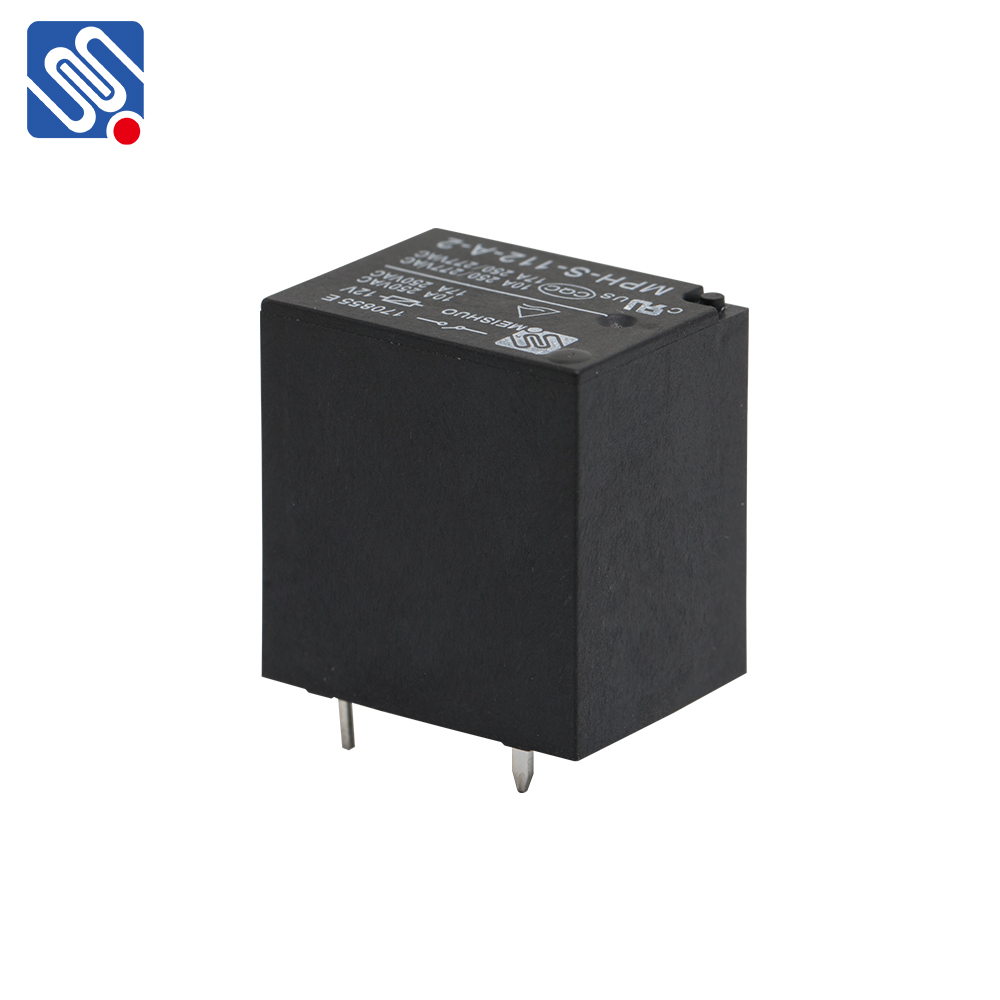understanding relay specifications: key factors for effective performance
Release time:2025-04-10 04:15:20
Relays are essential components in electrical systems, enabling the control of high-power circuits through low-power signals. They serve as switches, allowing one circuit to control another, making them integral to various applications ranging from automotive to industrial systems. To ensure the reliability and efficiency of relays, understanding their specifications is crucial. This article will explore the key elements of relay specifications and why each plays a significant role in determining a relay's performance and suitability for a given application.

1. Relay Type
The first key factor in relay specifications is the type of relay. Relays come in various types based on their operating principle and structure. The most common types include electromechanical relays (EMR), solid-state relays (SSR), and hybrid relays. Electromechanical relays operate using an electromagnet to move contacts and are commonly used in low-voltage applications. Solid-state relays, on the other hand, use semiconductor devices to perform the switching function, offering faster operation, no moving parts, and greater durability. Hybrid relays combine the advantages of both, offering the reliability of electromechanical relays with the fast switching of solid-state relays. The specific type of relay selected depends on the needs of the application, such as the desired speed, durability, and voltage ratings.

